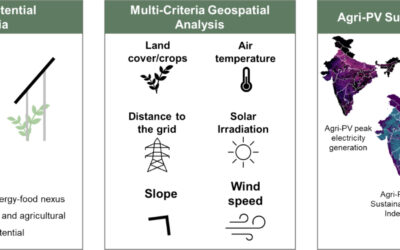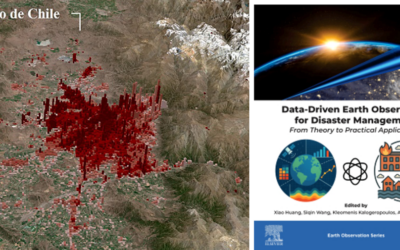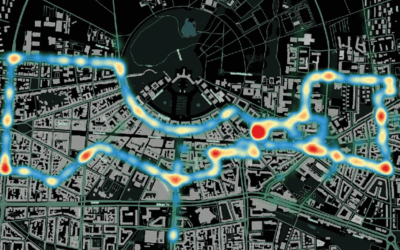New publication on the variability of pedestrian permeability in and across cities
Researchers from the Earth Observation Center (EOC) of the German Aerospace Center (DLR) in Oberpfaffenhofen, the University in Heidelberg and our Earth Observation Research Cluster of the University of Würzburg teamed up for a study on the variability of pedestrian permeability in and across cities. The paper titled “How does pedestrian permeability vary in and across cities? A fine-grained assessment for all large cities in Germany” was just published in the journal Computers, Environment and Urban Systems by Ariane Droin, Michael Wurm, Matthias Weigand, Carsten Gawlas, Manuel Köberl and Hannes Taubenböck. This work was supported by the European Commission within the HORIZON.2.6 – Food, Bioeconomy Natural Resources, Agriculture and Environment programme [grant number 101083958 – FUTURAL].
Here is the abstract of the paper: Pedestrian permeability is a key aspect of the accessibility of urban environments. In particular, high permeability increases the walkability of cities, which is advocated by sustainable urban design practices. Previous research on pedestrian permeability has predominantly focused only on single and very specific, characteristic, and homogenous urban morphologies but investigations at a broader scale have not been conducted up to now. In this paper, we apply the concept of Individual Walkable Neighbourhoods (IWN) to measure local urban pedestrian permeability for all large cities in Germany with more than 100,000 inhabitants. Our results reveal great differences in intra- and inter-urban pedestrian permeability, and based on examples, we explore various factors that influence local permeability, such as topography or structural types. Furthermore, the large-scale analysis is used to identify characteristic patterns of high (e.g., urban centers) or low (e.g., neighbourhoods of single-family detached houses) permeability for German cities.
Here is the link to the full paper: https://www.sciencedirect.com/science/article/pii/S0198971524000449









